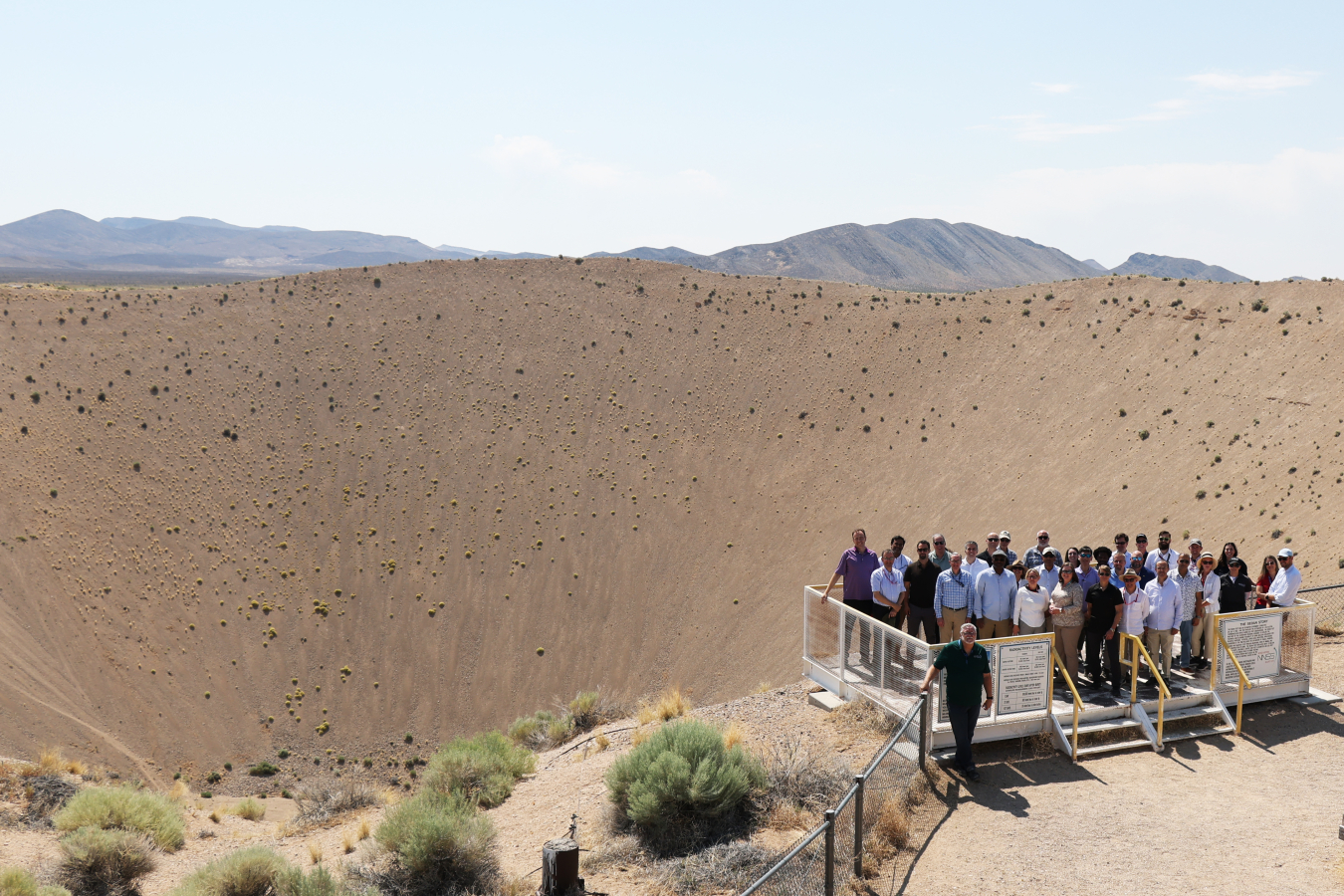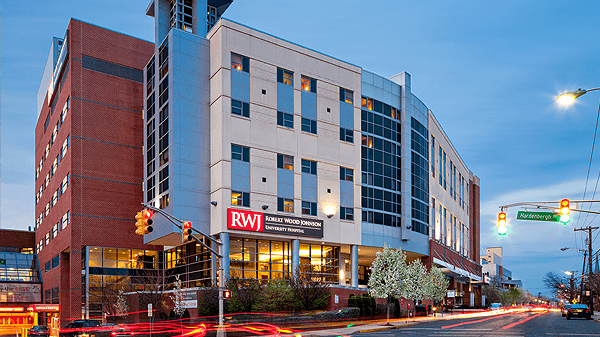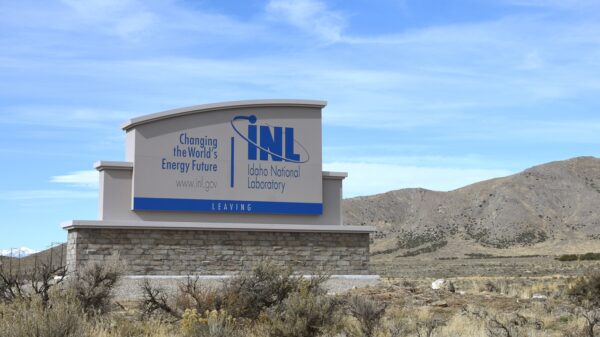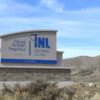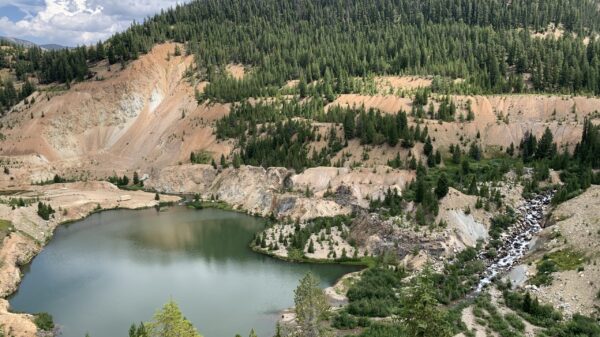Those who had the misfortune of being exposed to radiation at the infamous Nevada Test Site (re-named the Nevada National Security Site in 2010) are being encouraged to get screened for lung cancer before it’s too late. The nuclear weapon testing ground shut down in 1992 after more than 1,000 explosives were detonated.
The American Worker Health Protection Program (WHPP) is the organization advocating for former workers to get checked out. This year marks 25 years since it implemented its lung cancer screening initiative. To date, it has detected 230 cases using low-dose CT scans. The majority of these were identified at an early and treatable stage of development.
“The Early Lung Cancer Detection Program is a necessary service for those who worked at the Nevada Test Site [now NNSS] and put their health on the line supporting the testing of nuclear weapons in defence of the nation,” WHPP coordinator and former site employee, Sandie Medina, said this week.
She added that her former co-workers get screened annually for good measure and peace of mind. They can’t be too careful after exposure to the invisible poison decades ago.
Several “downwinders” in Arizona in Utah were also negatively impacted by radioactive fallout from the testing, particularly in the 1950s. About 20 times as much radiation as the Chernobyl accident was released from the numerous explosions between 1951 to 1962, according to the National Cancer Institute.
Read more: Breath Diagnostics onboards new president and closes critical financing
Read more: Breath Diagnostics pioneers novel lung cancer breath test
Workers of years past say program is a lifesaver
One former site employee’s wife explained that the respiratory diagnostics campaign saved her husband’s life. Suzie Arthur’s spouse Jerry worked as a welder at the Nevada National Security Site between 1976 and 1986.
“Had you folks not alerted us about this program, he would have never checked for lung cancer until it was too late, since he was feeling fine,” she said. The two were quite young when they were working there and did not understand the risks involved.
“Thanks to the program, his lung cancer was caught at a very early stage and is very treatable.”
Another former worker, Oscar Foger, said the program was valuable for everyone who spent time at the nuclear testing ground and unknowingly put their physical well-being in jeopardy. Many radiation-linked diseases can take several years to manifest.
“This program has saved many lives but for me, just knowing that we have not been forgotten is what is most important,” he stated.
These statements first appeared on Apr. 4 in the Pahrump Valley Times — a long-running local publication in Nye County where the former nuclear experimentation site is situated.

Photo credit: Worker Health Protection Program
Read more: University of New Mexico gets US$3M to combat toxic legacy of uranium mining
Read more: Scientists, activists urge U.S. Congress to compensate nuclear testing and uranium mining victims
rowan@mugglehead.com

